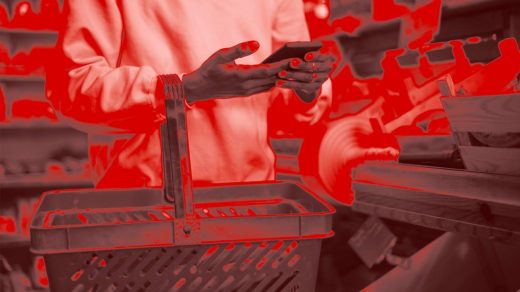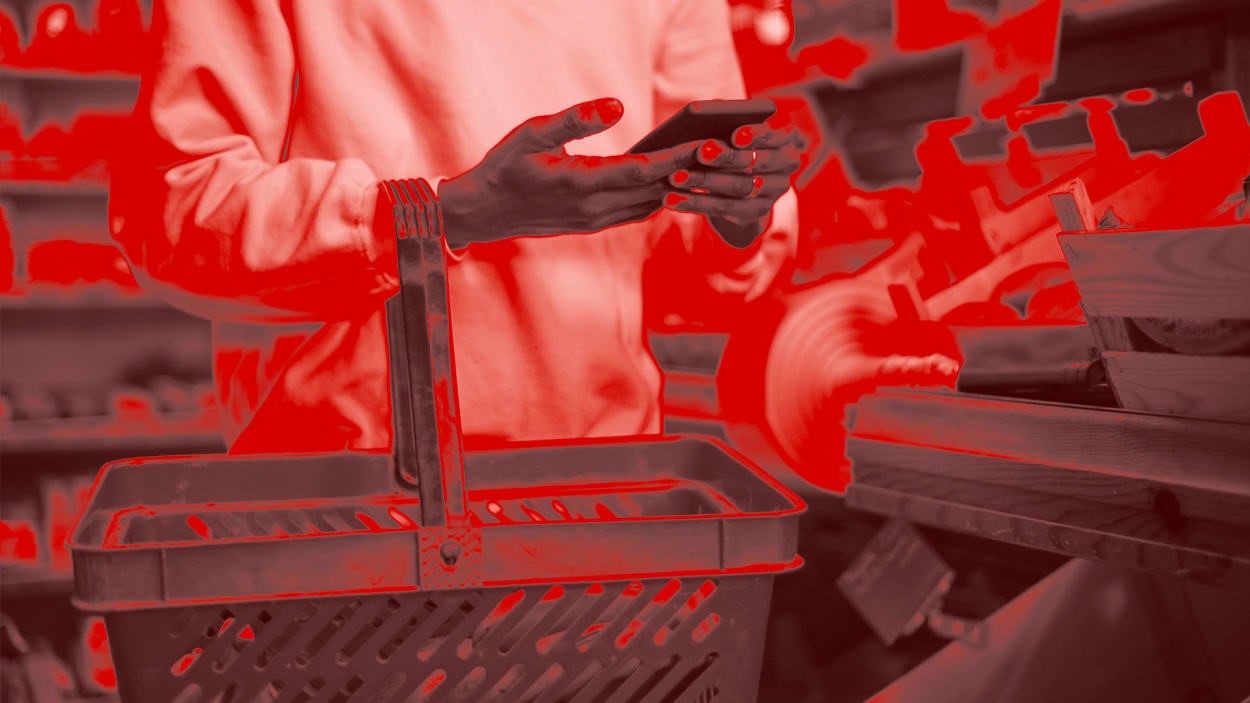These foods and snacks will be impacted by California’s ban on harmful additives
For most people, consuming some amount of food additives is almost unavoidable, which is why the state of California is making it easier to navigate around certain harmful chemicals with a new ban.
Most of the additives are found in foods that are already considered generally unhealthy, such as soft drinks and candy. These are also the foods that typically have huge ingredient lists, so even scanning through them can seem like a daunting task.
This week, California Governor Gavin Newsom signed the California Food Safety Act, which will be implemented in 2027. It will prohibit the manufacturing, distribution, or sale of potentially harmful food additives, including red dye No. 3, potassium bromate, brominated vegetable oil, or propylparaben.
Fast Company spoke with Dr. Kien Vuu, Triple Board certified physician and founder of VuuMD Performance and Longevity, to learn more about the foods and the likelihood that this ban will make waves nationwide.
“California often sets trends in health-related legislations, so it’s not a stretch to think others might follow suit,” says Vuu. “The momentum around food safety is growing, and as consumers get savvier, other states might start looking into similar bans. But remember, policy wheels grind slow, and while California has lit the match, it might take a while for the fire to spread.”
See which foods typically contain these additives, and why these chemicals are potentially harmful.
Red Dye No. 3
This is a fairly common additive that you’re probably already familiar with due to its inclusion in popular candies and even baked goods. It’s a synthetic dye derived from petroleum, and its main use is to give these foods a red or pink hue. The Food and Drug Administration (FDA) broke down the most popular foods that contain red dye No. 3.
In addition to these foods, Vuu notes that it could also be behind cereals or barbecue sauces that have particularly pink hues.
Potassium Bromate
Potassium bromate is a food additive that is most commonly used in the bread-making process. It’s used during this process because it makes the bread rise faster and become more elastic.
“It’s also found in some flours, making it a part of many baked goods like pies and pastries unknowingly,” explains Vuu.
It is a sand-like powder, and it is a possible carcinogen, which means it could potentially cause cancer.
Brominated Vegetable Oil
Brominated vegetable oil (BVO) is primarily used in sodas to prevent citrus flavorings from rising to the top of the beverage. It’s also a general stabilizer for other fruit flavorings found in foods.
While it’s only allowed for use in small amounts, the FDA has actually proposed a rule that would prohibit its use altogether. It has been banned in Europe and Japan for years, and Pepsi and Coca-Cola both announced the removal of BVO from their products in 2013 and 2014, respectively. Vuu explains that it can accumulate in fatty tissues, cause neurological issues, and potentially affect the central nervous system.
Propylparaben
Propylparaben is used as a preservative in pre-packaged baked goods due to its antimicrobial properties. These could include breads, muffins, tortillas and lots of other items. Dr. Vuu also notes that it “has been used in baked goods, and even certain jellies and syrups, to extend shelf life.”
It’s concerning because it is in the paraben family and can mimic estrogen, which makes it a potential endocrine system disruptor. This can potentially cause both reproductive issues and hormone-related cancers.
(10)



